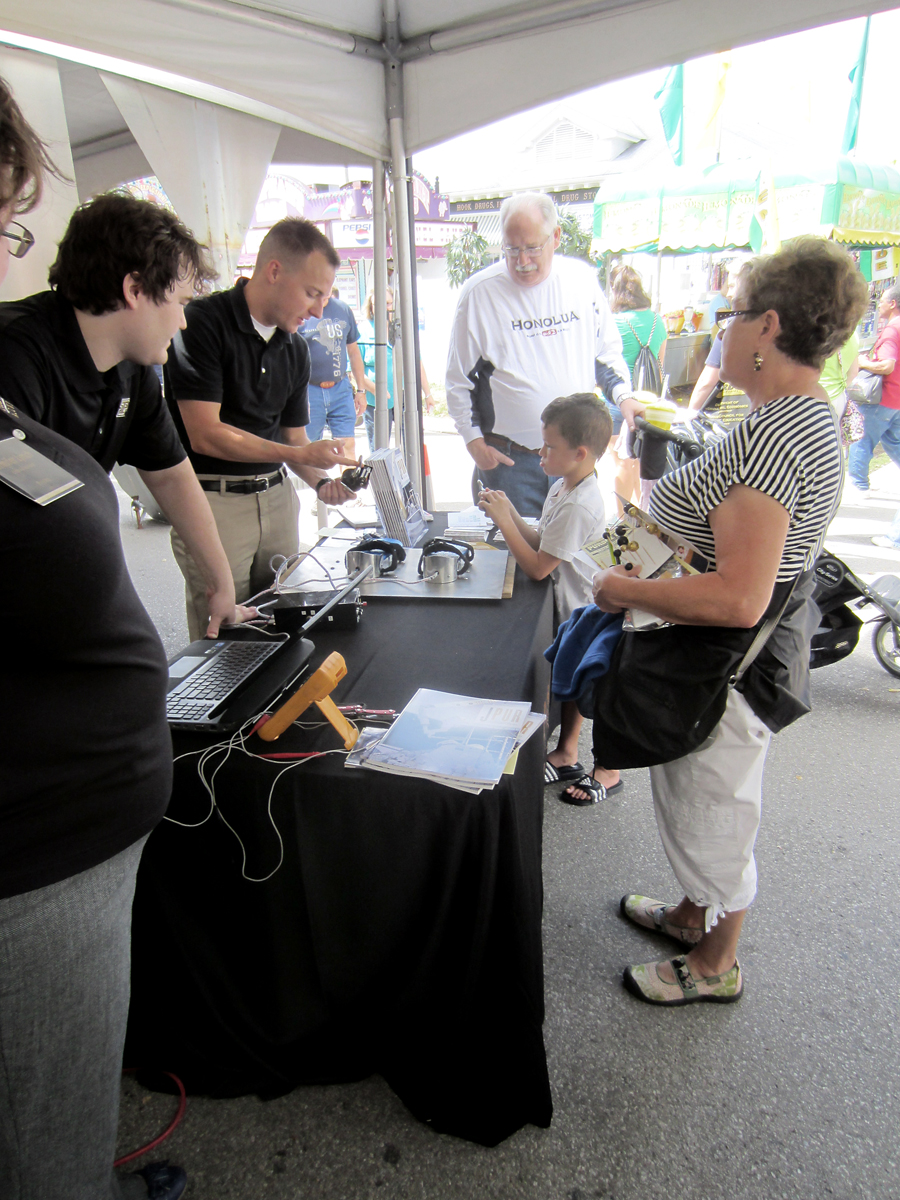 As part of their senior design course in aviation, three students undertook a project to design an electronic personal restraint system for NASA astronauts to use in microgravity environments. The design, created by Kevin Tait, Justin Lewis and Justin Hickel, would allow an astronaut to walk along a surface while being electromagnetically restrained to it. The system would also release the user in the event of power failure.
As part of their senior design course in aviation, three students undertook a project to design an electronic personal restraint system for NASA astronauts to use in microgravity environments. The design, created by Kevin Tait, Justin Lewis and Justin Hickel, would allow an astronaut to walk along a surface while being electromagnetically restrained to it. The system would also release the user in the event of power failure.
The three students tackled their project from several angles, from Six Sigma project architecture to shoe design to computer aided design, and from programming microcontrollers to testing their prototype on an inverted engine hoist.
“We also did gap testing; that’s a really important thing in electromagnetism,” Tait said. “The magnet strength with respect to distance decreases really fast. If it was to work on a coated surface, we wanted to determine how thick the coating can be.”
They even timed subjects putting on and taking off the shoes to make sure they performed within NASA’s specifications. They concluded their research with recommendations on potential design and material solutions for future research teams to use.
Tait and Lewis collected their research into a paper for publication in the newest edition of The Journal of Purdue Undergraduate Research (JPUR).
Jerry Ross, one of 23 Purdue alumni astronauts, heard about the research project and asked to meet with the students this fall while he was on campus. Ross shares the record for the number of space flights, and is second on the list for number of and time spent on spacewalks.
Tait earned his bachelor’s degree in aeronautical engineering technology and is now a graduate student in the College of Technology’s electrical engineering technology program. Lewis graduated in 2010 with his bachelor’s degree in aeronautical engineering technology. The students worked with Thomas Eismin, professor of aviation technology.
